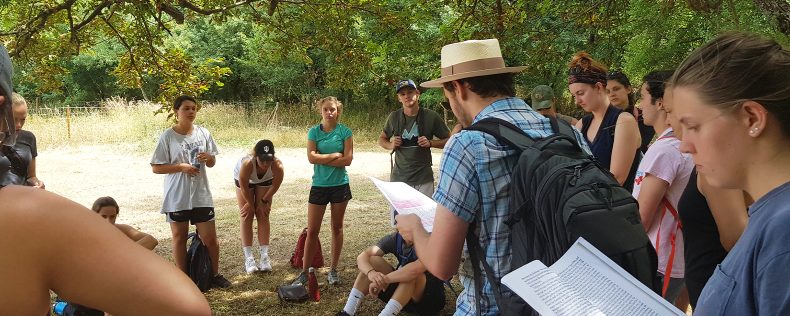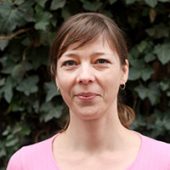From cradle to grave, we all encounter trials and opportunities for growth. But do we seize upon these openings to evaluate life at its core? Do we pause to reflect on the consequences of our human pursuit of happiness? Through the lens of philosophers and artists, this course examines the pressing, age-old question of human existence: “What is a happy life?” Dispelling the illusion that “happiness” is self-evident, in this course, we engage thinkers, writers, and works of art that prioritize questions about how we ought to live and, importantly, how to promote a sustainably happy existence for ourselves, others, and the planet we inhabit.
Our course connects us to an ancient vein in European philosophy, which associates a sustainable form of happiness with a deep connection to nature. Tracing this vein into modernity, the course gives focus to philosophical and artistic connections between the question of happiness and Scandinavian nature. In their own ways, the thinkers and artists we study turned away from human social life and towards nature and wilderness in order to clear their minds and better contemplate the meaning of life from that perspective.
With these thinkers and artists as our guides, we turn our thoughts towards our relationships, activities, commitments, and thoughts, examining them to discover what truly drives happiness and to contemplate the importance of the natural world in our 21st century lives. How does our experience of nature, with our current threat of climate change and new perspectives on sustainability, differ from their experiences? And how does nature still serve as a similar refuge from stifling urban life? There may be no single key to happiness found at the end of this course, but in searching for it, we follow in the philosophical and literal footsteps of those who came before us and also sought to understand the mystery behind what makes for a happy life.

